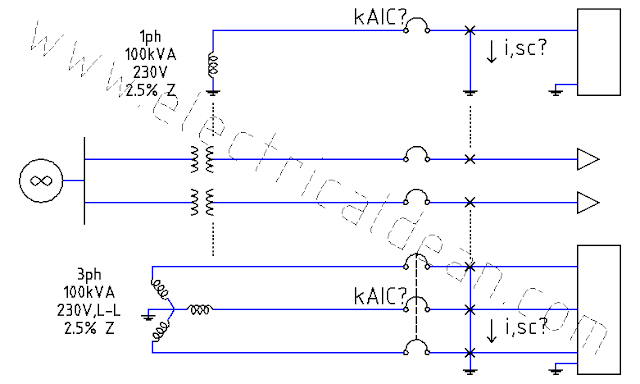Loads - Note 2
A SIMPLE COMPARISON OF SYNCHRONOUS AND INDUCTION MOTORS
Synchronous Motor
= stator windings are the same as those of induction motors
= rotor windings are usually flexible copper coils connected to a separate DC exciter
= the DC excitation supplied to the field coils produces the rotor magnetic flux
= constant speed from no-load to full-load, but may stop when overloaded
= works as power factor corrector while providing stable torque to drive loads
Induction Motor
= stator windings are the same as those of synchronous motors
= rotor "windings" are usually rigid aluminum bars, skewed and short-circuited at each end
= self-excited via induction like a transformer to produce rotor magnetic flux
= variable speed based on frequency, but can be affected by harmonics
= can provide high torque to accommodate temporary overloads
Each has an advantage, depending on the desired application.
Synchronous Motor
= stator windings are the same as those of induction motors
= rotor windings are usually flexible copper coils connected to a separate DC exciter
= the DC excitation supplied to the field coils produces the rotor magnetic flux
= constant speed from no-load to full-load, but may stop when overloaded
= works as power factor corrector while providing stable torque to drive loads
Induction Motor
= stator windings are the same as those of synchronous motors
= rotor "windings" are usually rigid aluminum bars, skewed and short-circuited at each end
= self-excited via induction like a transformer to produce rotor magnetic flux
= variable speed based on frequency, but can be affected by harmonics
= can provide high torque to accommodate temporary overloads
Each has an advantage, depending on the desired application.





Comments
Post a Comment